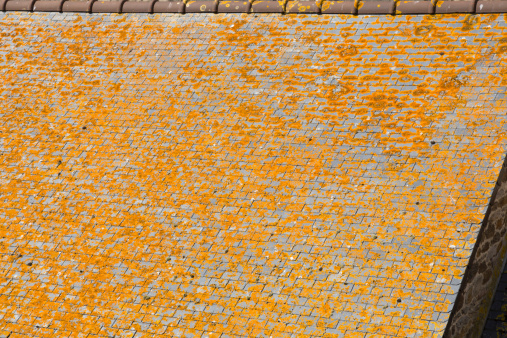Mold– it’s a four-letter word for a reason.

Even the mere mention of it can evoke fear in the hearts of homeowners. Certain types of mold have been linked to medical problems which can have a severe impact on the health of individuals. Also, the presence of mold often necessitates a call to a certified mold removal service, which can wind up costing thousands of dollars. In many cases, families are forced out of their homes for long periods of time due to the hazardous effects of mold.
Therefore, it’s vital that homeowners keep a watchful eye out for mold in order to prevent it and/or identify it before it becomes a serious problem. Here are some suggestions for checking your home for mold:
- Watch for poorly-vented areas. Pipes from your dryer, air conditioner, heater, and other appliances must run from the interior of your home to the outside. If air is leaking into your attic, it could form mold on surfaces.
- Look for water leaks in your roof. If rainwater from your roof is somehow making its way into your attic, there’s a strong possibility that these conditions could lead to roof mold. Make sure to address these leaks promptly.
- Keep an eye out for water stains. These can look like dark areas on ceilings, walls, or baseboards. If water is getting to these areas, it could be helping to beget mold along the way.
- Watch for splotchy areas. It’s not always the case, but black or dark patches on your roof, ceilings, or walls are often signs of moldy areas. And if you see a small patch of mold, chances are there’s plenty more of it throughout your home.
- Check your wallpaper or paint. If moisture has invaded the walls, mold may not be far behind. So watch for signs of this such as peeling, bubbling, cracking, or bulging paint or wallpaper inside your home.
- Beware rust. Iron oxidizes due to exposure to moisture or liquid. So if you see rust on pipes in your attic, flashing on your roof, or light fixtures in your ceiling, you probably have a moisture problem.
- Monitor your family’s health. It’s true that asthma, runny noses, sneezing, coughing, itchy skin, or sore eyes and throats can be attributable to other causes. However, mold could be the culprit if these symptoms disappear or abate when the sufferer is away from the home.
- Use your nose. That damp, musty smell in a certain part of your house may be a sure sign that mold is present. Also, if you notice the odor only when your heater or air conditioner is running, your HVAC unit might contain mold.
- Keep track of humidity. Ideally, humidity levels in a home should remain between 30% and 50%. When humidity rises above 60%, the conditions are present for mold to form. You can buy humidity monitors to see how humid your home is.
- Look for other signs. Clogged gutters, warped wood beams, lost of dust, poor ventilation, or standing water near your foundation can be precursors to mold growth. So be sure to remedy these problems as soon as you can.
If you do find mold in your home, contact a professional immediately for further instructions. If you see moisture in your roof, getting it repaired or replaced can help minimize the chances of roof mold growth. Moonworks can provide you with products that can prevent moisture from forming in the first place. So for a free, on-site inspection, contact Moonworks today at 1-800-975-6666 or by filling out our contact form.
